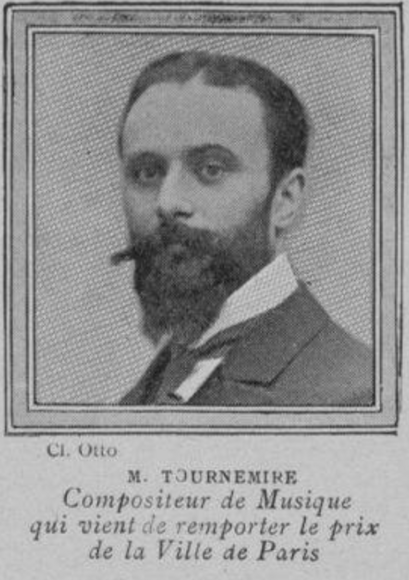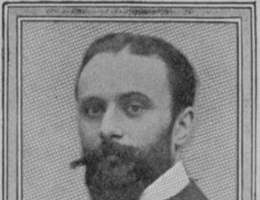
Charles TOURNEMIRE
1870 - 1939
Composer, Organist
Tournemire studied first in his native city of Bordeaux, then at the Paris Conservatoire with Charles-Wilfrid Bériot (piano) and Antoine Taudou (harmony). He spent a year in César Franck’s organ class (1889-90) and in 1891 won a premier prix for organ in the class of Charles Widor. The teaching of both Franck and Widor had a lasting effect on him. In 1898 Tournemire became organist of the Basilica of Sainte-Clotilde in Paris, a position he held for the rest of his life. He began to be recognised as a composer after winning the Concours Musical de la Ville de Paris with his cantata Le sang de la sirène (1903), based on a Breton legend. Brittany (where he was later to buy a house) inspired other scores, including his Symphony no. 2, “Ouessant” (1909), and his opera La Légende de Tristan (1926). Tournemire remains famous above all for his set of pieces entitled L’Orgue mystique (1927-1932): 51 Offices, each inspired by the plainsong melodies appropriate to a particular Sunday in the liturgical calendar. But he also composed eight symphonies (all of them programmatic), many pieces for organ or piano, art songs, several chamber works, as well as four operas, including Les dieux sont morts (1912), the only one performed during his lifetime. Numerous works attest to the importance of religious subjects: the Trilogie Faust –Don Quichotte – Saint François d’Assise (1929), his Musique orante for string quartet (1933), the Apocalypse de saint Jean (1936), La Douloureuse Passion du Christ (1936-37) and Il Poverello di Assisi (1938), his last composition. Tournemire died in Arcachon.



